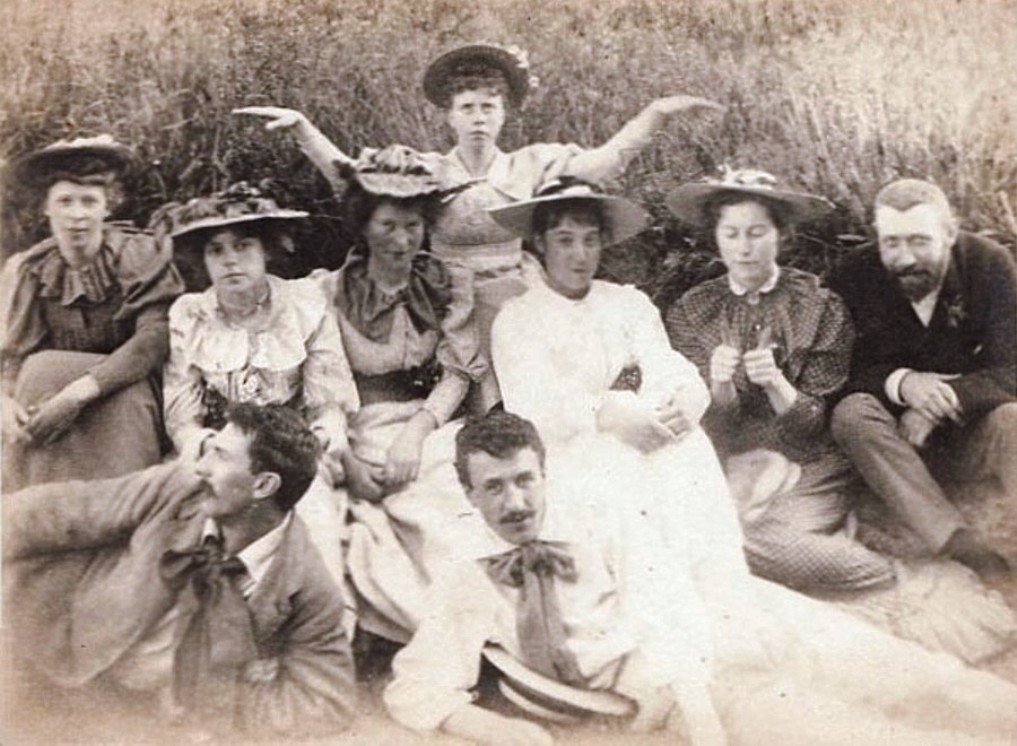Glasgow School

Glasgow School
The Glasgow School was a group of artists and designers active in Glasgow, Scotland, from the 1870s to around 1910. This circle was part of the international Art Nouveau movement and made distinctive contributions to it, especially in the fields of architecture, interior design, and painting. The School included several notable groups: The Four (also known as the Spook School), the Glasgow Girls, and the Glasgow Boys.
The movement emerged during a period of economic boom in Glasgow at the end of the 19th century. This vibrant environment fostered an artistic milieu where the Glasgow School could thrive, contributing significantly to the Arts & Crafts and Art Nouveau movements. The School blended influences from Celtic and Japanese art, leading to a unique style that inspired other movements like the Wiener Werkstätte, Bauhaus, Vienna Secession, and Deutscher Werkbund.
Among the most prominent figures of this school were Charles Rennie Mackintosh, Margaret MacDonald (Mackintosh's wife), MacDonald's sister Frances, and J. Herbert MacNair, collectively known as “The Four.” Their work, particularly in painting and glass art, was influential and celebrated, even featuring in the 8th Wiener Sezession exhibition in 1900 in Vienna.
The Glasgow School's significance lies not only in its contributions to the Art Nouveau movement but also in its influence on early modernism. The members' work, characterized by sinuous elongated figures and innovative designs, had a profound impact on artists like Gustav Klimt. Despite the group's eventual dispersion around 1910 and the changing tastes of patrons, the Glasgow School's legacy in modern art and design remains notable and influential.
A significant number of works from the Glasgow School are held in various collections, notably at the Kelvingrove Art Gallery and Museum, the Burrell Collection, and the Hunterian Museum and Art Gallery. These collections showcase the innovative and influential works produced during this era, highlighting the School's contribution to the Art Nouveau movement and its enduring legacy in the world of decorative arts.
For collectors and experts in art and antiques, the Glasgow School remains an area of significant interest due to its unique style and its impact on the trajectory of 20th-century design across Europe. To stay informed about new developments, product sales, and auction events related to the Glasgow School, consider subscribing for updates. This subscription will provide you with targeted alerts, ensuring you stay connected to the evolving world of this influential art movement.
| Country: | Scotland, United Kingdom |
|---|---|
| Start of the period: | XIX century |
| End of the period: | XX century |